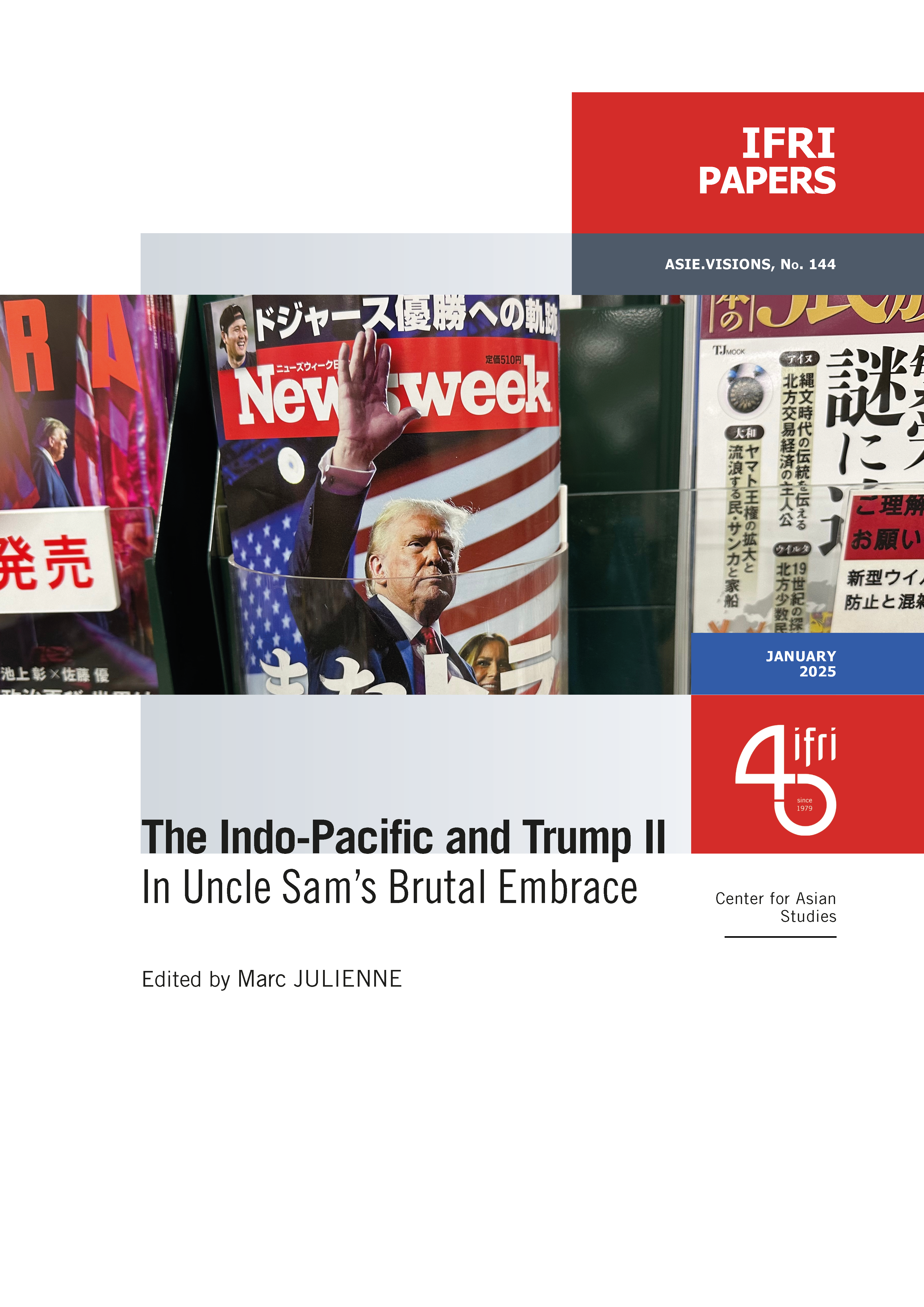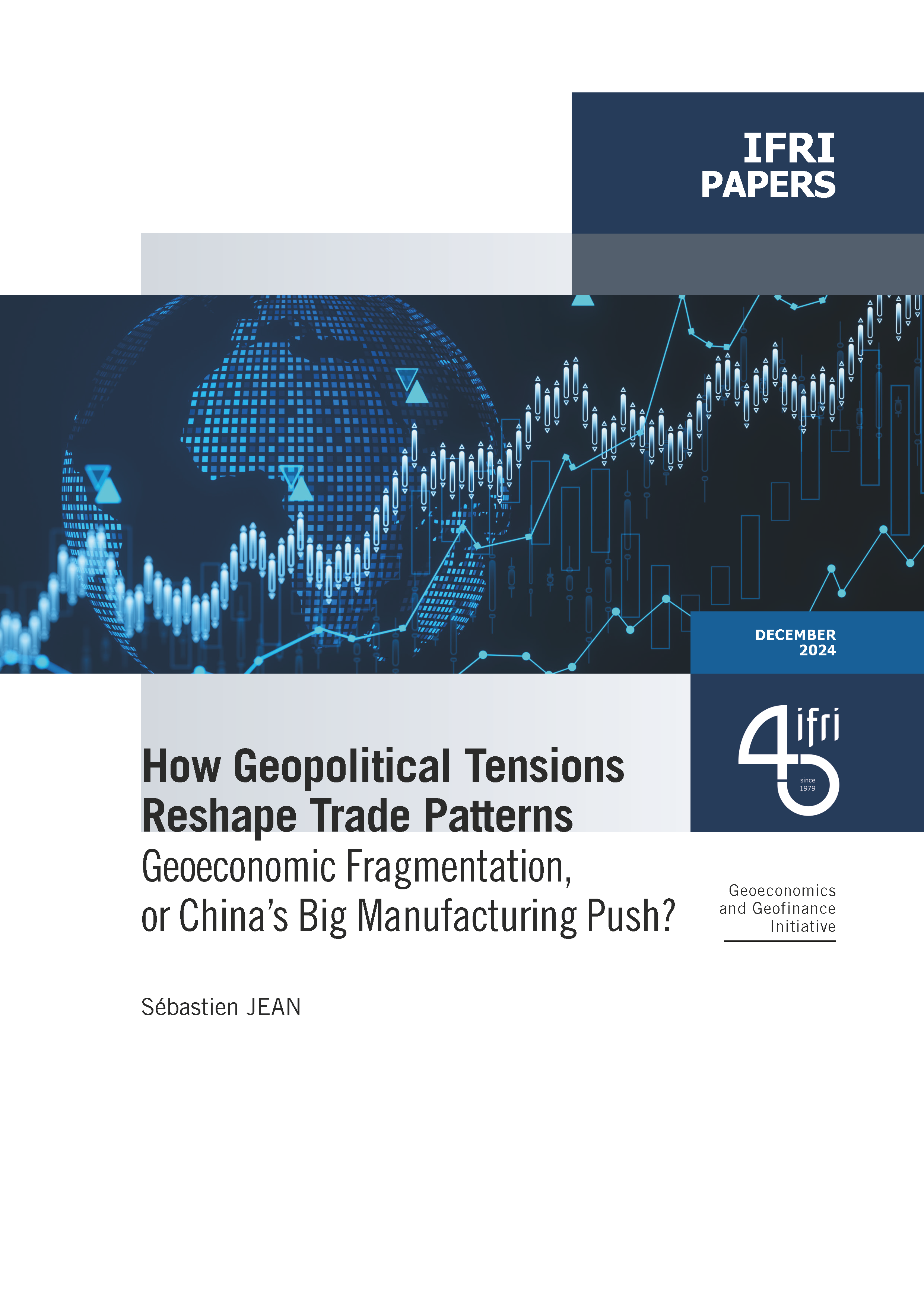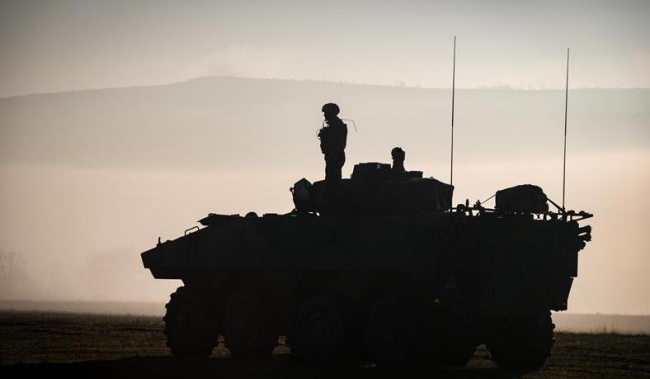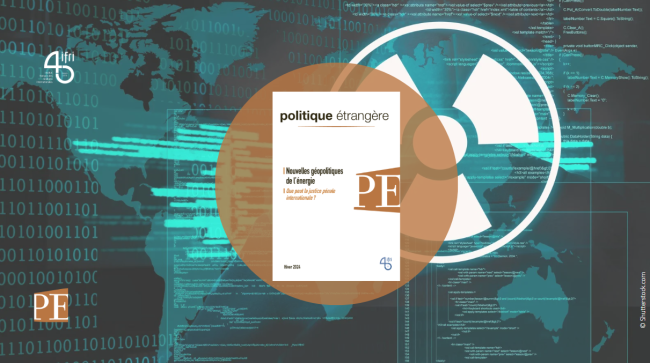No Longer a Middle Power: Australia’s Strategy in the 21st Century
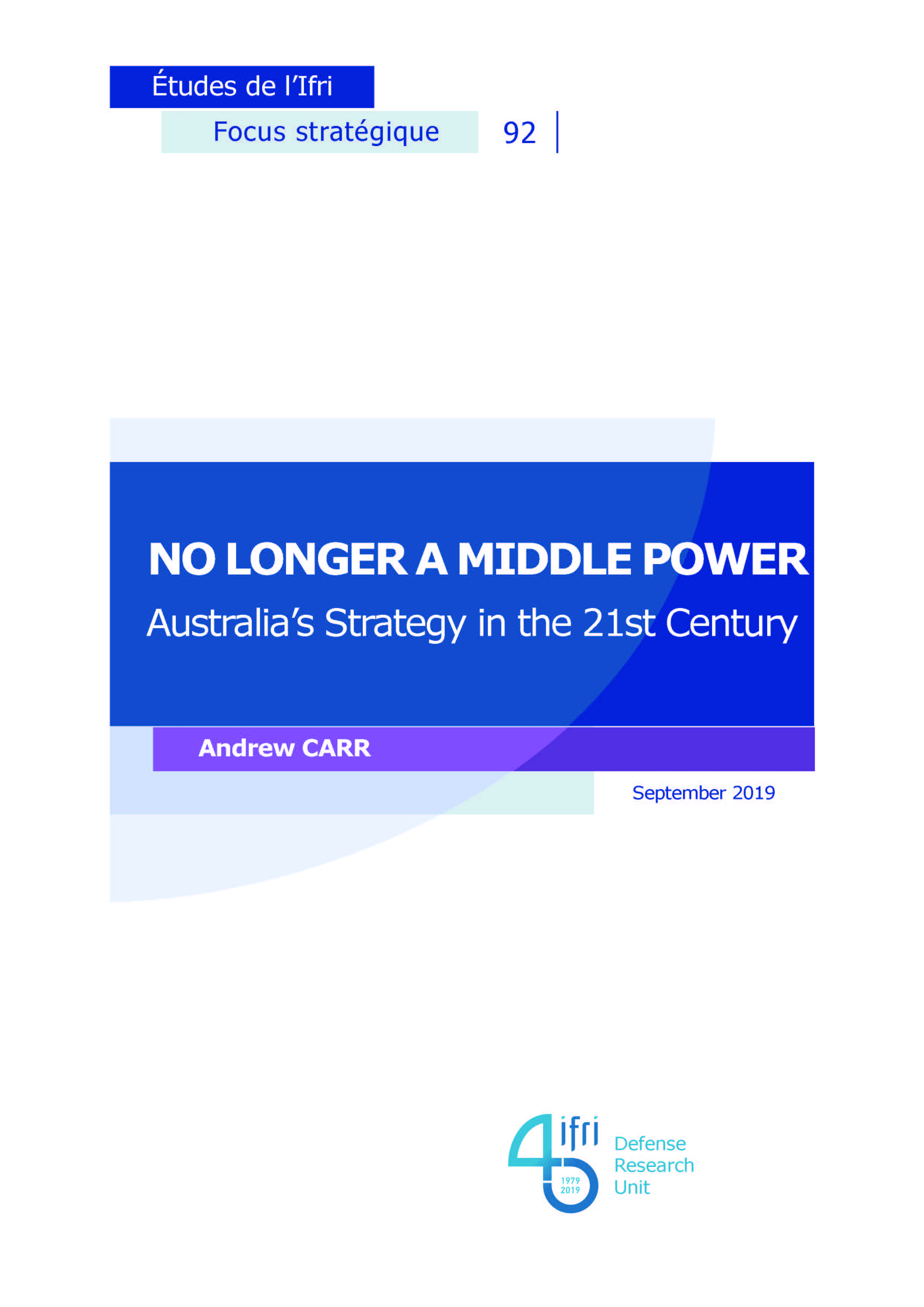
Confronted with a strained strategic environment and a relative decline of its resource base, Australia is currently going through a historical shift of its global status.
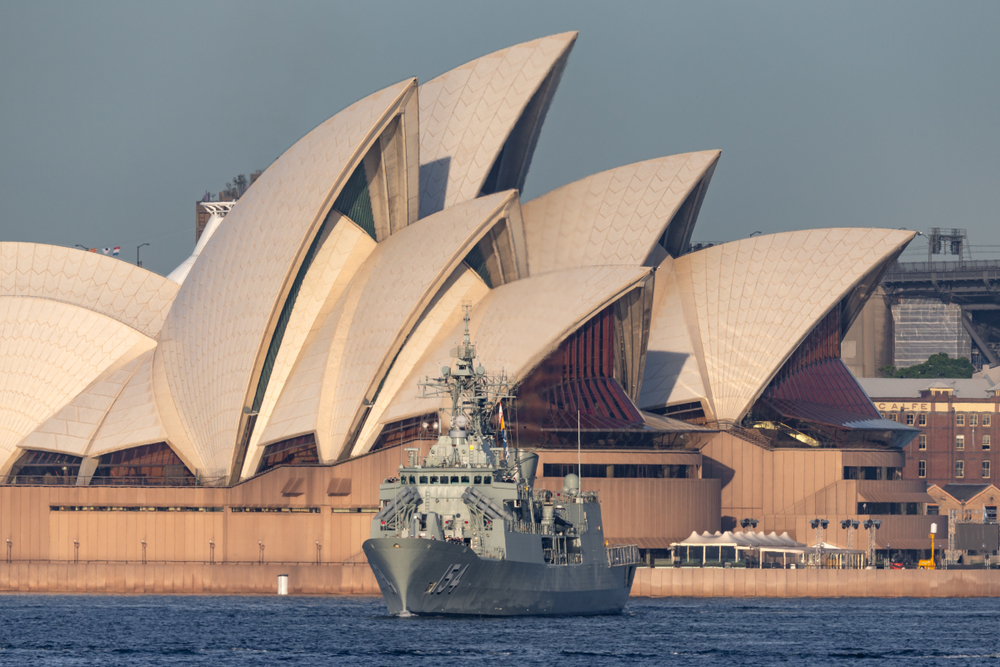
The country is heading towards a normalization of its approach to the world, realigning its capabilities with its strategic priorities on two different scales. While, for much of the 20th and 21st century, Australia aimed at being a “global middle power”, Australia is now clearly willing to turn into a “regional power”. It is thus relocating its core national interests towards the “inner ring”, i.e. the South Pacific and maritime Southeast Asia, and to a lesser extent, its “outer ring”, i.e. the Indo-Pacific and the wider world. This will translate into capability choices for the three Australian services, as each of them undergoes a deep shift in its operational horizon. The normalization of Australia will also impact its political strategy, as it seeks to balance the Chinese and American influences through trade and strategic partnerships across the Indo-Pacific area.
Download the full analysis
This page contains only a summary of our work. If you would like to have access to all the information from our research on the subject, you can download the full version in PDF format.
No Longer a Middle Power: Australia’s Strategy in the 21st Century
Related centers and programs
Discover our other research centers and programsFind out more
Discover all our analysesDeep Precision Strikes: A New Tool for Strategic Competition?
Reaching deep into the enemy’s system to weaken it and facilitate the achievement of operational or strategic objectives is a key goal for armed forces. What capabilities are required to conduct deep strikes in the dual context of high-intensity conflict and strengthened enemy defenses?
From Cuba to Ukraine: Strategic Signaling and Nuclear Deterrence
Strategic signaling—the range of signs and maneuvers intended, in peace time, to lend credibility to any threat to use nuclear weapons—is back.
Return to the East: the Russian Threat and the French Pivot to Europe's Eastern Flank
Russia’s full-scale invasion of Ukraine on February 24, 2022, has flung Europe’s Eastern flank into a new phase of strategic confrontation. It has had a major effect on France’s position, which was previously somewhat timid, leading it to significantly reinforce its deterrence and defense posture in support of the collective defense of Europe, in the name of strategic solidarity and the protection of its security interests.
Military Stockpiles: A Life-Insurance Policy in a High-Intensity Conflict?
The war in Ukraine is a reminder of the place of attrition from high-intensity conflict in European armies that have been cut to the bone after three decades of budget cuts. All European forces have had to reduce their stocks to the bare minimum. As a result, support to Ukraine has meant a significant drain on their operational capabilities. A significant amount of decommissioned systems were also donated, due to the lack of depth in operational fleets.


